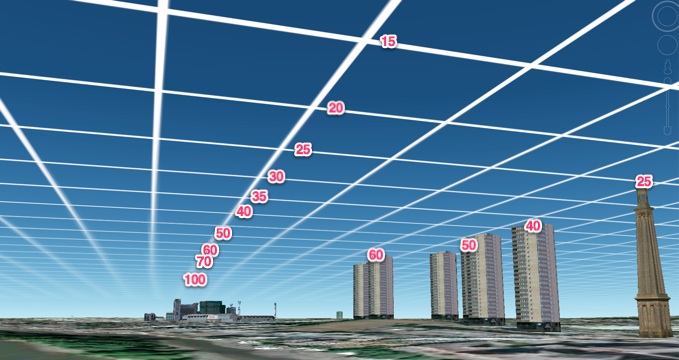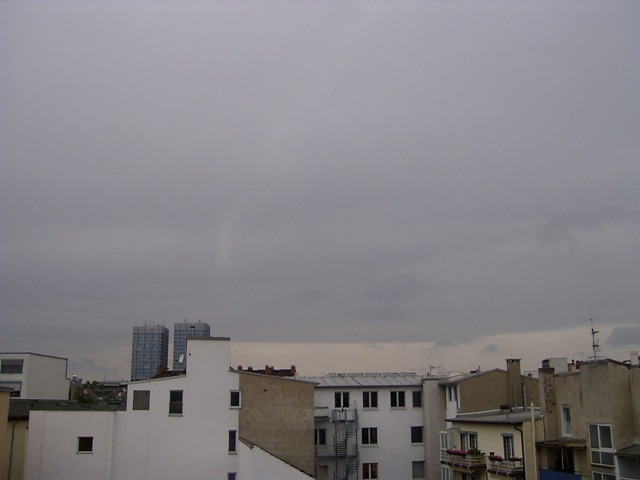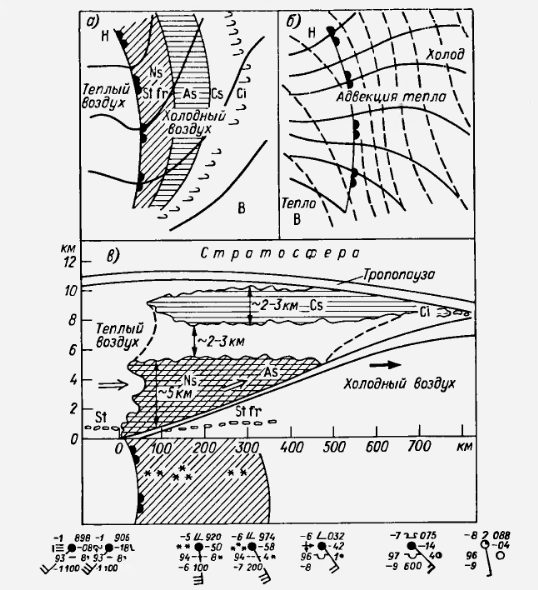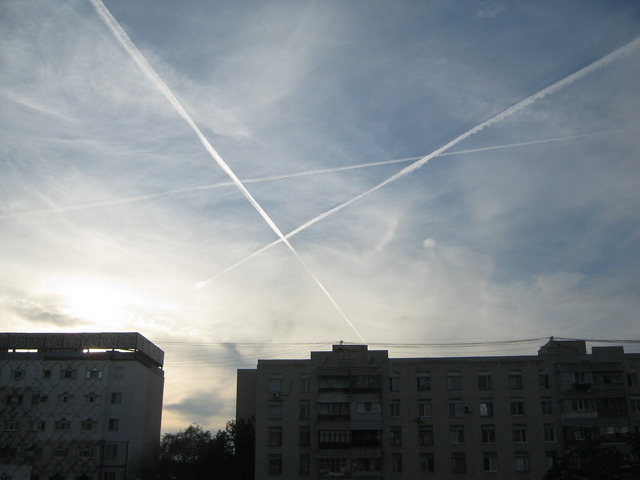Hi. I'm new to posting here, but have read a few posts on the blog.
Just curious if this has been discussed yet and explained. While living in northern Europe I noticed the usual 'mass contrail' phenomenon, but in most cases, the grid patterns were created by one plane, not several as would be the case with normal passenger air traffic. A friend of mine who's been in the military immediately recognized this as typical military operations. However, it went on for the entire two years I remained there, on a weekly basis. On every clear day, with the exception of those with very strong winds, I observed this solo plane contrail pattern. It was always within just a few hours of sunset, so around 11 am on winter days, and much later on summer days, and the grids would on every occasion meld into a cirrostratus type formation with a pretty heavy haze. The haze would persist for 1-3 days after, in general.
I would point this out to family when coming to visit and after some persistent observation, they too noticed the plane turning around and coming back. The individual contrails would line up neatly one after the other, and then the perpendicular ones were created in the same orderly fashion.
Whenever I traveled around the country, I would notice a similar pattern, but I did not tend to sit in one place for long enough to observe if these were made by a solo plane or not, as I would at home sitting on my porch. I do know my friend, who brought these to my awareness in the first place, had taken notice of this, and today I listened to a youtube video in which a man has a conversation with local air traffic authorities and he too described the exact same scenario. So I'm itching to receive an answer to what this could be about. The control officer suggested it may be an air show, but I doubt they were having air shows on a weekly basis in my home town , esp not for two years and likely still. He finally said not to worry cause they know what they're doing. The concerned citizen claimed his partner had phoned the local police some days prior who had responded that a geoengineering project was taking place in Sweden. But of course, no way to verify that.
, esp not for two years and likely still. He finally said not to worry cause they know what they're doing. The concerned citizen claimed his partner had phoned the local police some days prior who had responded that a geoengineering project was taking place in Sweden. But of course, no way to verify that.
To clarify, I do not believe in chemtrails (the idea that the population is being deliberately poisoned with chemicals from airplane contrails).
Just curious if this has been discussed yet and explained. While living in northern Europe I noticed the usual 'mass contrail' phenomenon, but in most cases, the grid patterns were created by one plane, not several as would be the case with normal passenger air traffic. A friend of mine who's been in the military immediately recognized this as typical military operations. However, it went on for the entire two years I remained there, on a weekly basis. On every clear day, with the exception of those with very strong winds, I observed this solo plane contrail pattern. It was always within just a few hours of sunset, so around 11 am on winter days, and much later on summer days, and the grids would on every occasion meld into a cirrostratus type formation with a pretty heavy haze. The haze would persist for 1-3 days after, in general.
I would point this out to family when coming to visit and after some persistent observation, they too noticed the plane turning around and coming back. The individual contrails would line up neatly one after the other, and then the perpendicular ones were created in the same orderly fashion.
Whenever I traveled around the country, I would notice a similar pattern, but I did not tend to sit in one place for long enough to observe if these were made by a solo plane or not, as I would at home sitting on my porch. I do know my friend, who brought these to my awareness in the first place, had taken notice of this, and today I listened to a youtube video in which a man has a conversation with local air traffic authorities and he too described the exact same scenario. So I'm itching to receive an answer to what this could be about. The control officer suggested it may be an air show, but I doubt they were having air shows on a weekly basis in my home town
To clarify, I do not believe in chemtrails (the idea that the population is being deliberately poisoned with chemicals from airplane contrails).




